Last month, Cambodia
began a trial for crimes against humanity that took place three decades
earlier. The U.N.-backed tribunal has indicted and is now trying five
former Khmer Rouge officials for crimes against humanity and war crimes
during the years of 1975-79. In that short span, while the Khmer Rouge
was in power, an estimated 1.4 million Cambodians died (possibly up to 2
million) due to Khmer policies, which included forced labor, outright
executions, starvation, and torture - for an idea of the magnitude,
click here
for a visualization. All these acts were part of the Khmer Rouge's
disastrous effort to dismantle their society and build a communist
utopia. Now, 30 years later, Cambodia is still recovering - a young
country, with over 50% of the population younger than 25, millions of
leftover land mines, extreme poverty and a still-rebuilding agricultural
system. Collected here are some recent photos from Cambodia, its
people, the tribunal and more. Special thanks to my friend Alicia Conway, currently in Phnom Penh. (28 photos total)
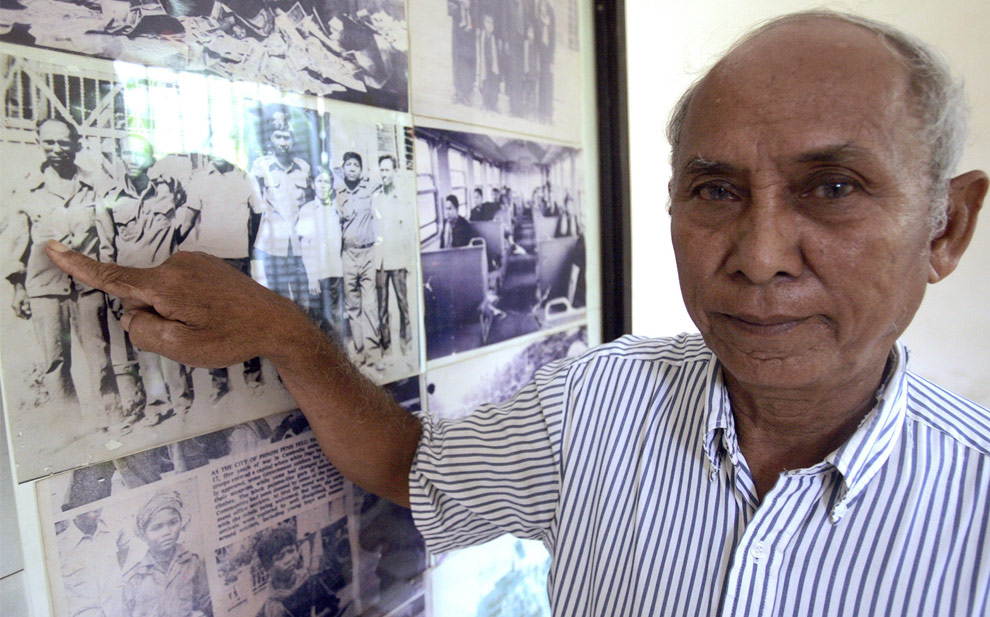
Chum
Manh, 78, one of the 14 Khmer Rouge prisoners who survived the S-21
torture center (now the Tuol Sleng Genocide Museum), shows his group
photo in the museum in Phnom Penh, Cambodia on January 31, 2009. The
U.N.-backed Khmer Rouge tribunal recently opened its first trial where
66-year-old Duch, also known as Kaing Guek Eav, faces charges of war
crimes, crimes against humanity, torture and homicide while he ran the
S-21 torture centre. (REUTERS/Chor Sokunthea)
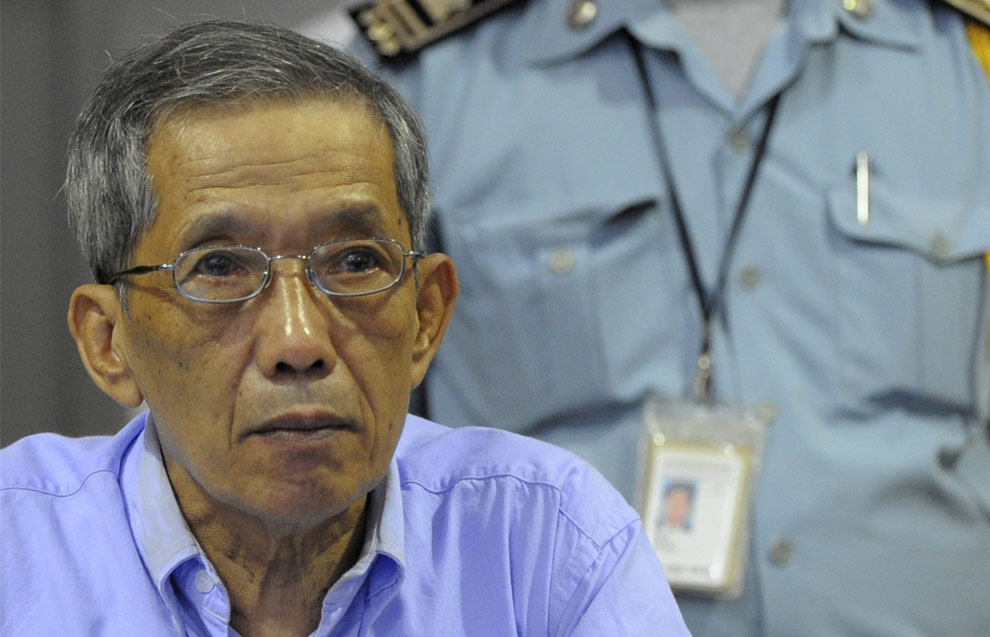
Former
Khmer Rouge prison commander, 66-year-old Duch, whose real name is
Kaing Guek Eav, under guard at the opening of his trial before the
Extraordinary Chamber in the Courts of Cambodia (ECCC) in Phnom Penh.
Cambodia on February 17, 2009. He faces charges of crimes against
humanity over his iron-fisted rule at Tuol Sleng prison, where he is
accused of presiding over the deaths of at least 15,000 men, women and
children. (ADREES LATIF/AFP/Getty Images) #
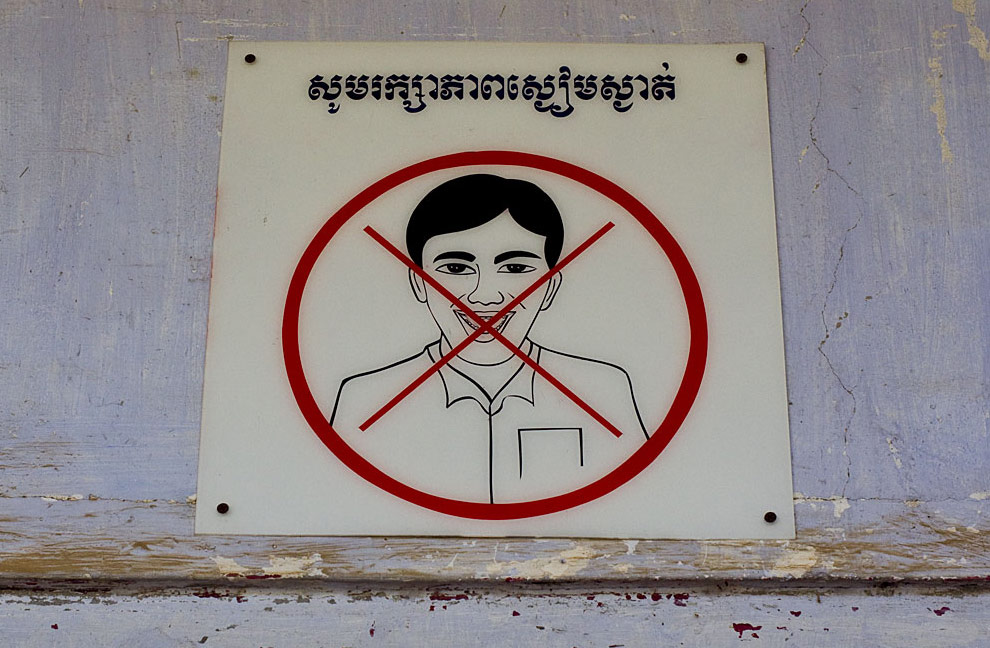
A
"no laughing" sign sets the tone at Tuol Sleng Genocide Museum in Phnom
Penh, a former high school that became the Security Prison 21 (S-21)
under the Khmer Rouge. Photo taken February 8th, 2009. (© Alicia Conway) #
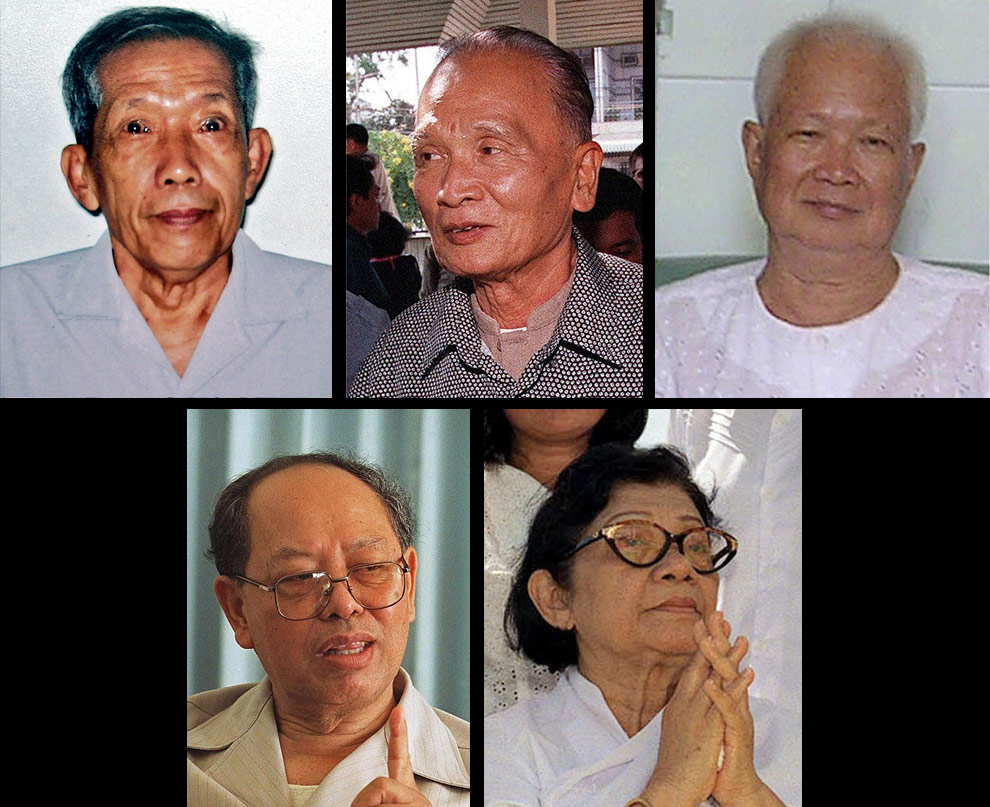
This
combination photo shows undated file pictures of the five former top
members of Cambodia's notorious Khmer Rouge due to be tried by a
U.N.-backed tribunal. Kang Kek Ieu (top l), known as "Duch', was former director of the Tuol Sleng torture center; former deputy and "Brother Number Two" Nuon Chea (top center); former prime minister Khieu Samphan (top r); former foreign minister Ieng Sary (bottom l) and his wife Ieng Thirith (bottom r), who served as social affairs minister for the Khmer Rouge. (AFP/AFP/Getty Images) #
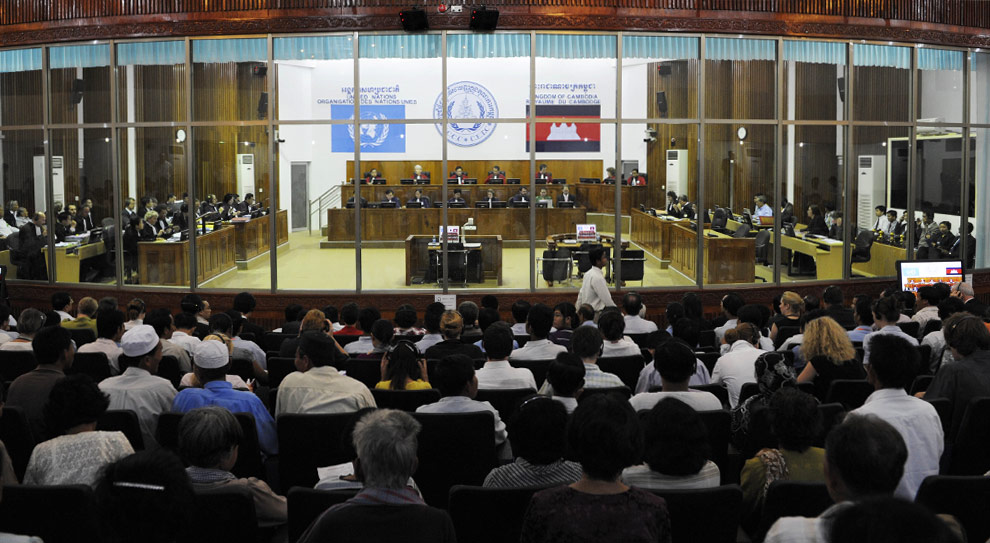
Cambodians
look on during the first day of a U.N.-backed tribunal Tuesday, Feb.
17, 2009, inside the Extraordinary Chambers in the Courts of Cambodia in
Phnom Penh, Cambodia. Kaing Guek Eav, who headed the S-21 prison in
Phnom Penh, went before Cambodia's genocide tribunal Tuesday for its
first trial over the deaths of an estimated 1.7 million people at the
hands of the Khmer Rouge regime more than three decades ago. (AP
Photo/Adrees Latif) #
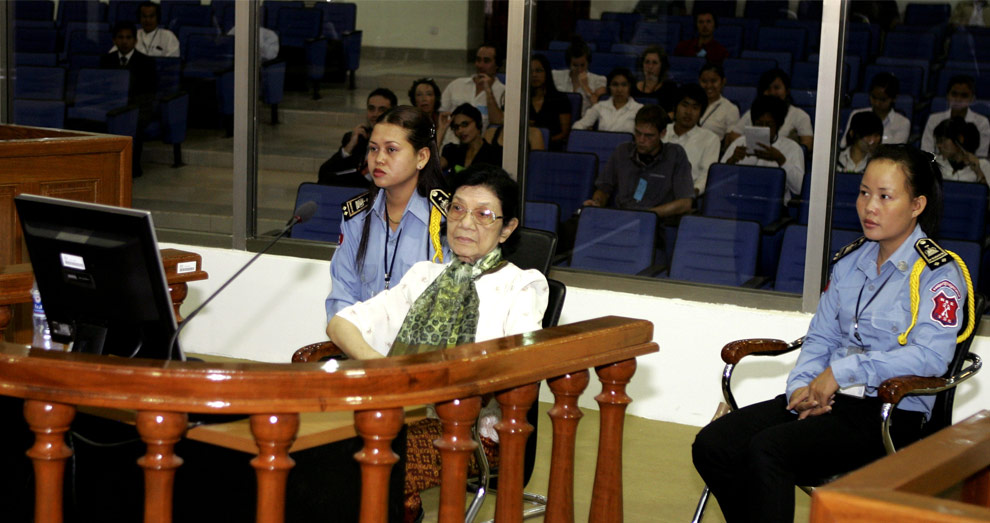
Ieng
Thirith, center, a former Khmer Rouge social affairs minister and wife
of its foreign minister Ieng Sary, sits next to securities personnel
during a hearing at the U.N.-backed genocide tribunal in Phnom Penh,
Cambodia, Tuesday, Feb. 24, 2009. The former female minister of the
Khmer Rouge regime shows her second appeal Tuesday for release from
pre-trial detention by Cambodia's genocide tribunal where she is being
held on charges of crimes against humanity. (AP Photo/Heng Sinith) #
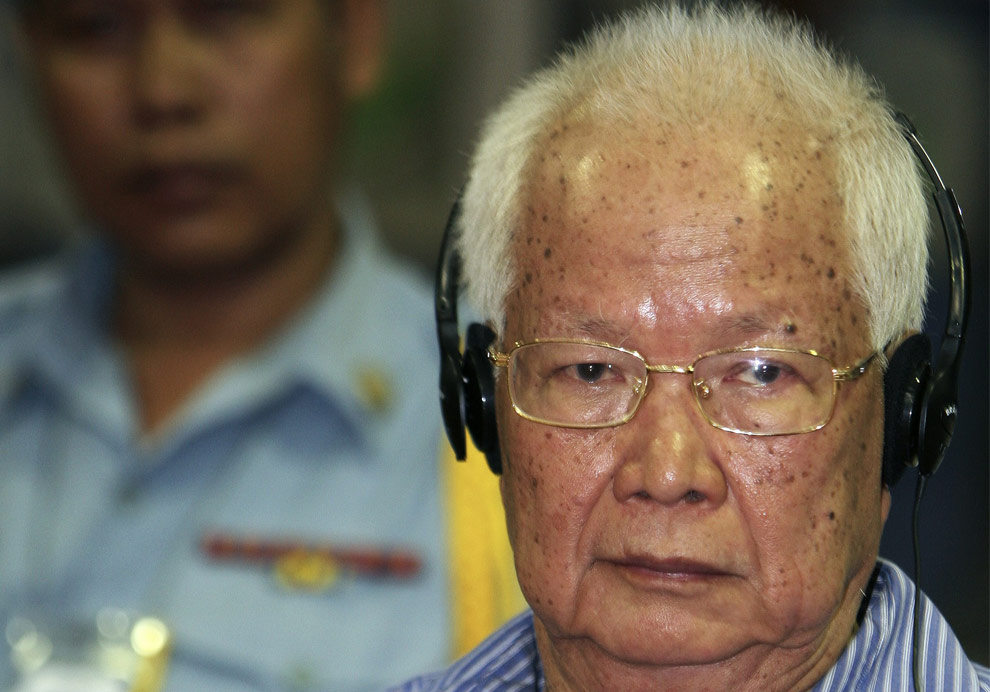
Former
Khmer Rouge leader and head of state Khieu Samphan sits in the dock
during his 4th pre-trial chamber public hearing at the Extraordinary
Chambers in the Courts of Cambodia on the outskirts of Phnom Penh
February 27, 2009. Kieu Samphan is charged with war crimes and crimes
against humanity. (REUTERS/Tang Chhin Sothy/Pool) #

Norng
Chan Phal, who survived the Khmer Rouge genocide torture centre S-21 as
a child in 1979, weeps during a news conference held with former
Vietnamese soldier and combat photographer Ho Van Tay (right), who
filmed S-21 as his troops chased Pol Pot's rebels from Phnom Penh in
1979, and who rescued Norng from S-21 as well, in Phnom Penh February
16, 2009. (REUTERS/Chor Sokunthea) #
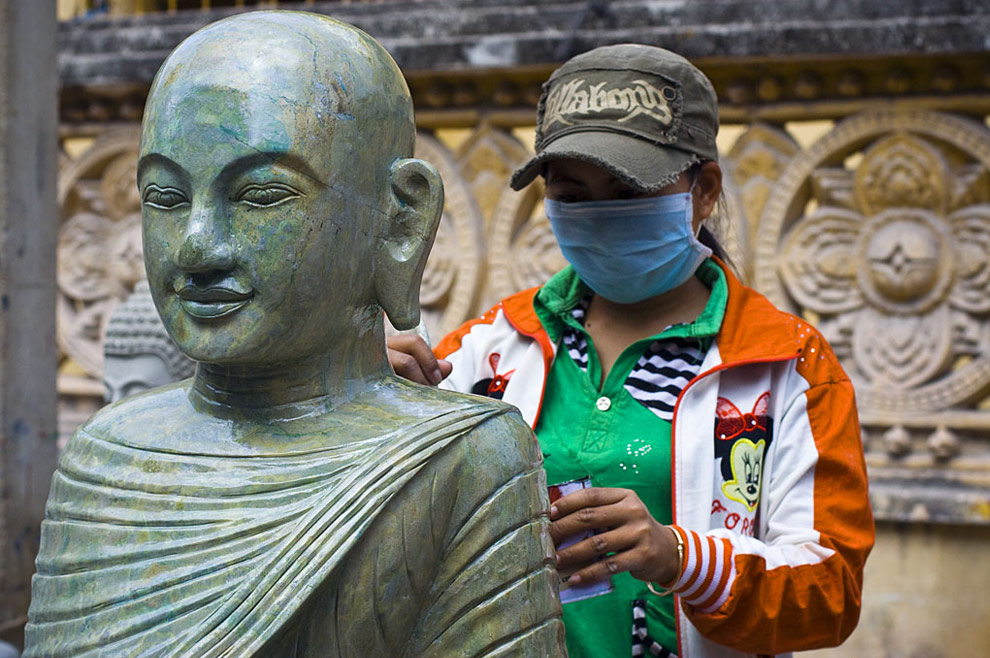
A woman puts the finishing touches on a sculpture in downtown Phnom Penh, Cambodia. Photo taken February 7th, 2009. (© Alicia Conway) #
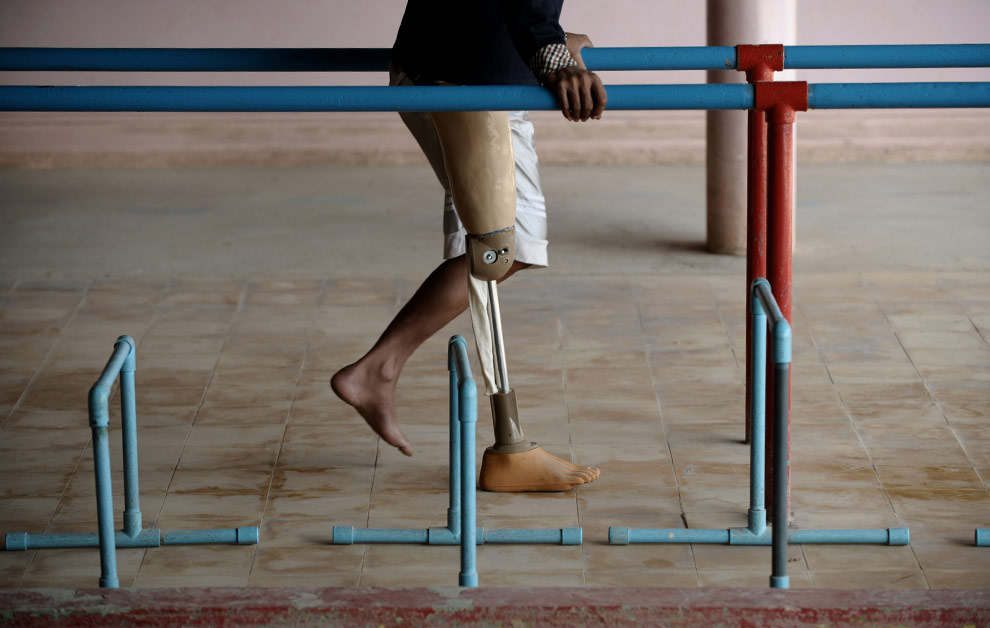
A
disabled man exercises on February 18, 2009 at the Kien Khleang
Physical Rehabilitation center that treats victims of landmines and road
accidents outside Phnom Penh. Cambodia's civil war ended in 1998, but
millions of mines still litter the country in the aftermath of three
decades of fighting. (NICOLAS ASFOURI/AFP/Getty Images) #
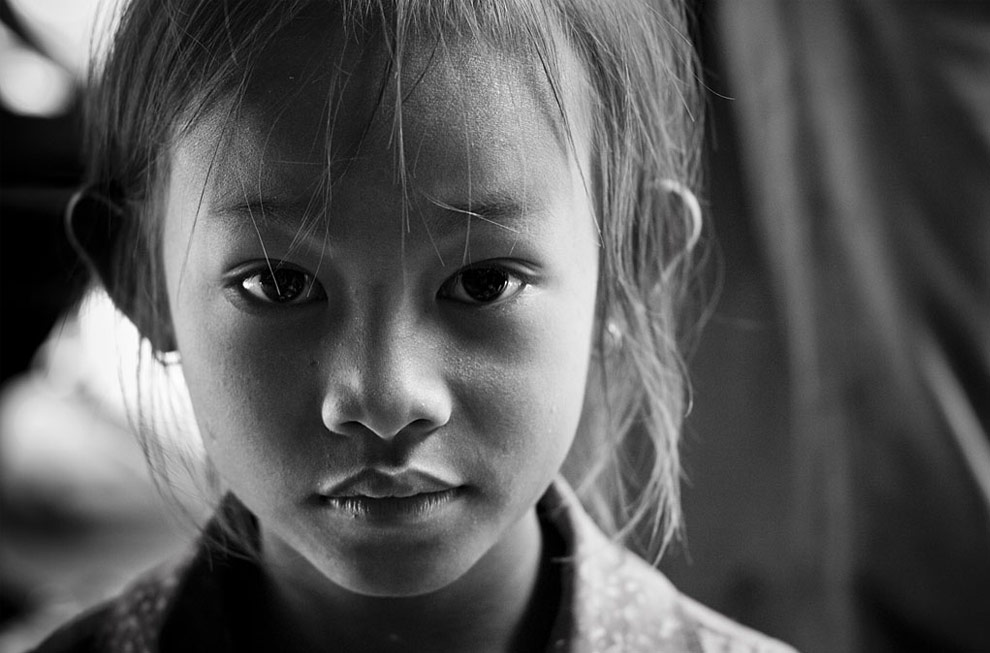
A
young seller of handmade silk scarves on Koh Dach, Cambodia's "Silk
Island", about 15k north of Phnom Penh on the Mekong River. Photo taken
February 1st, 2009. (© Alicia Conway) #
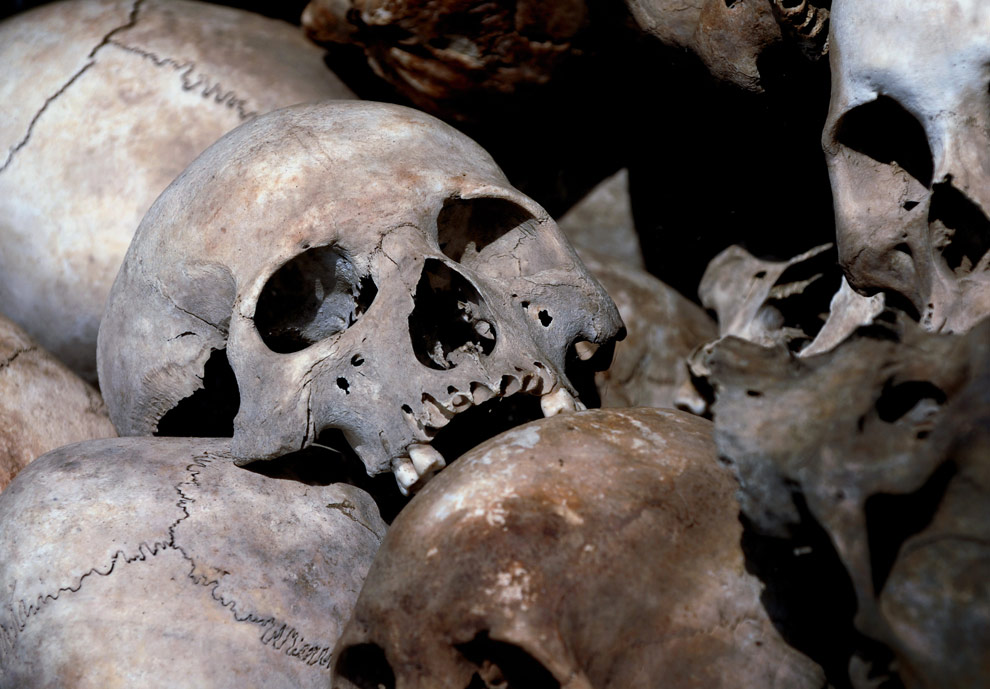
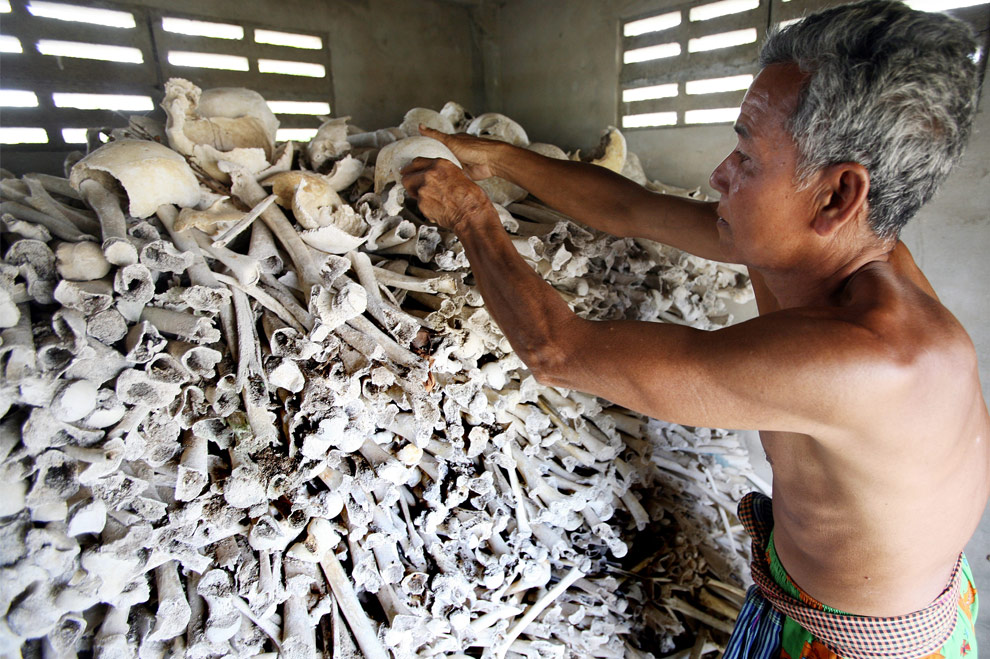
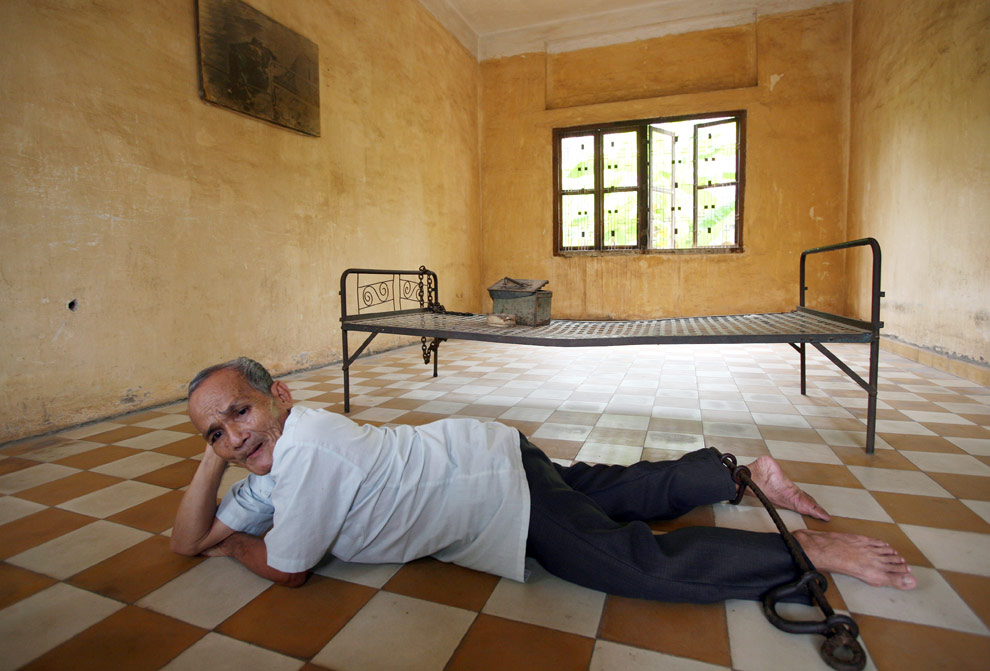
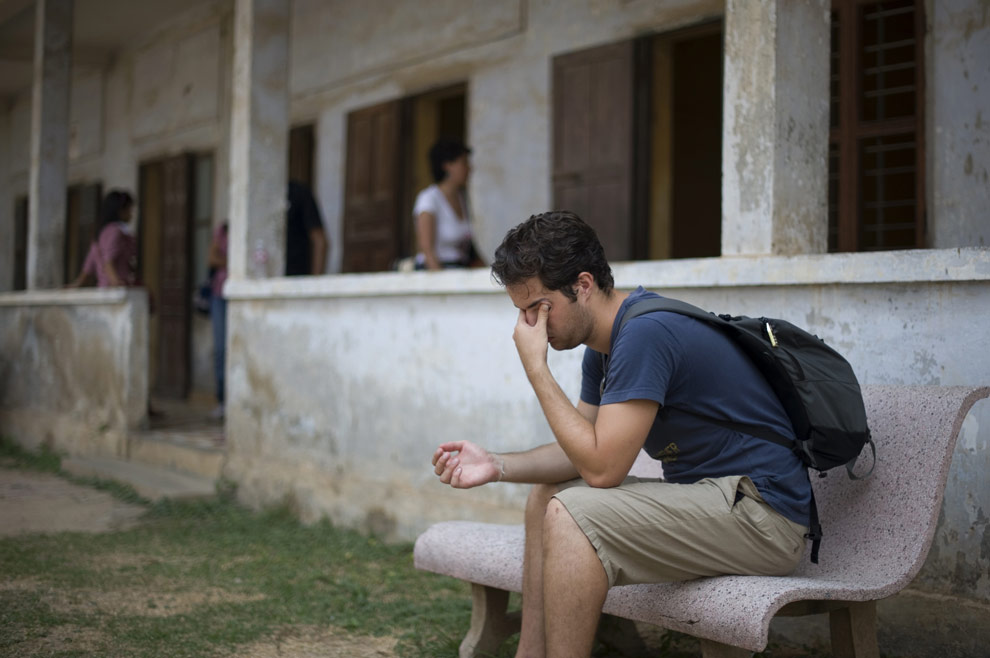

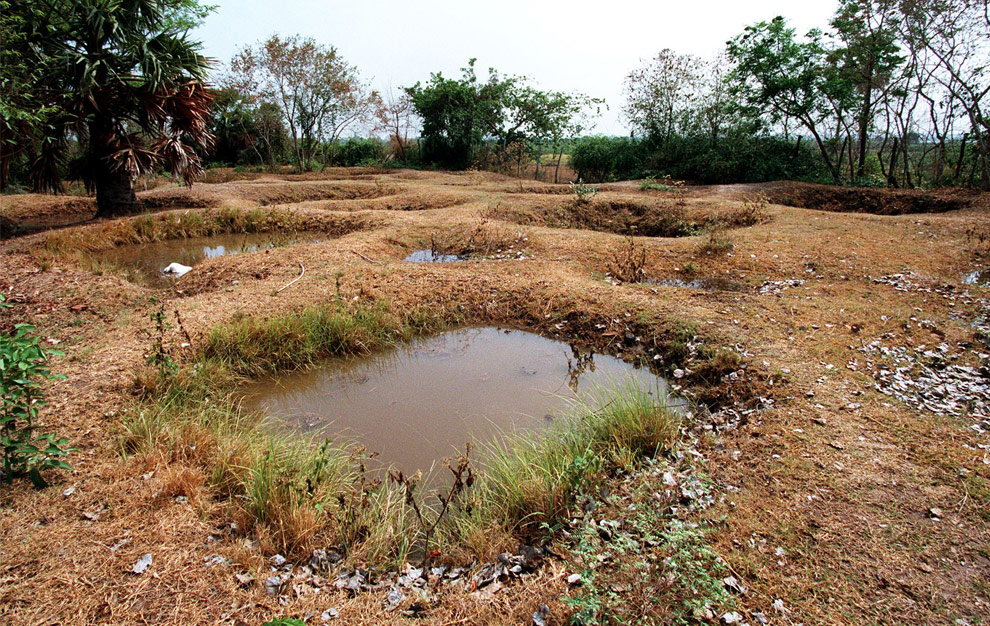

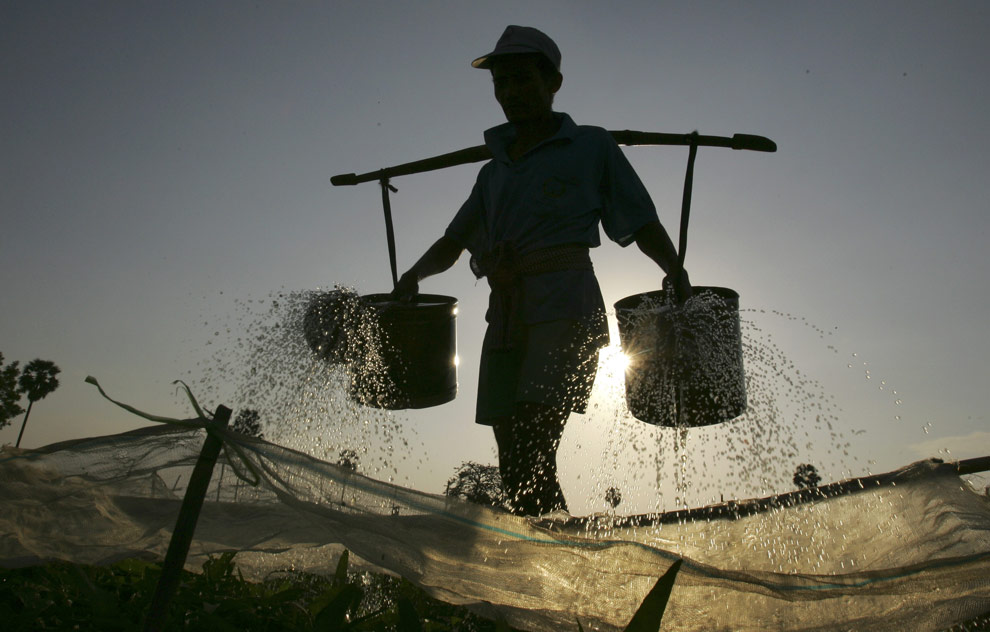

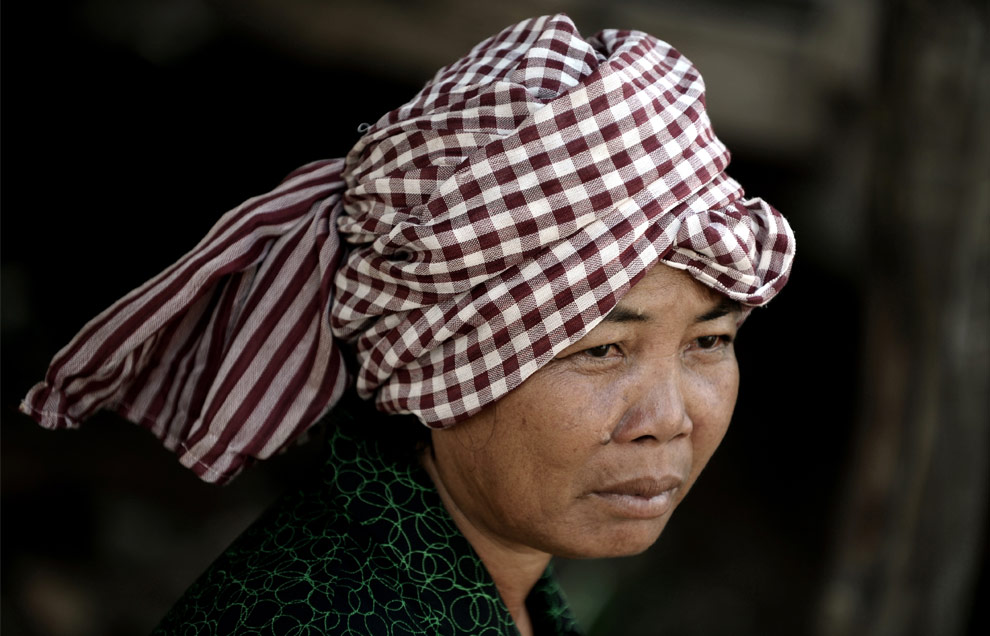


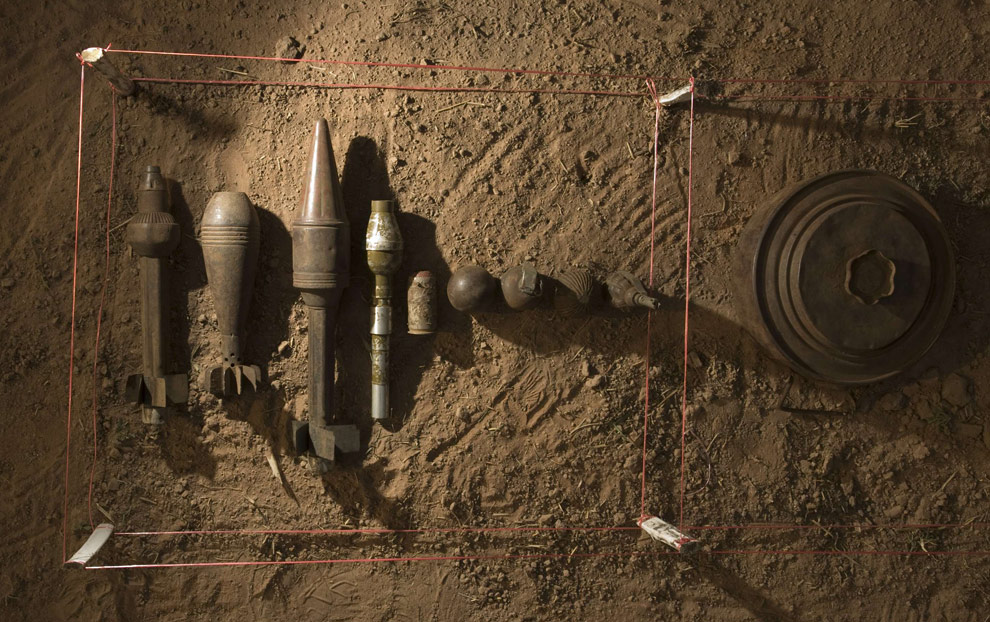
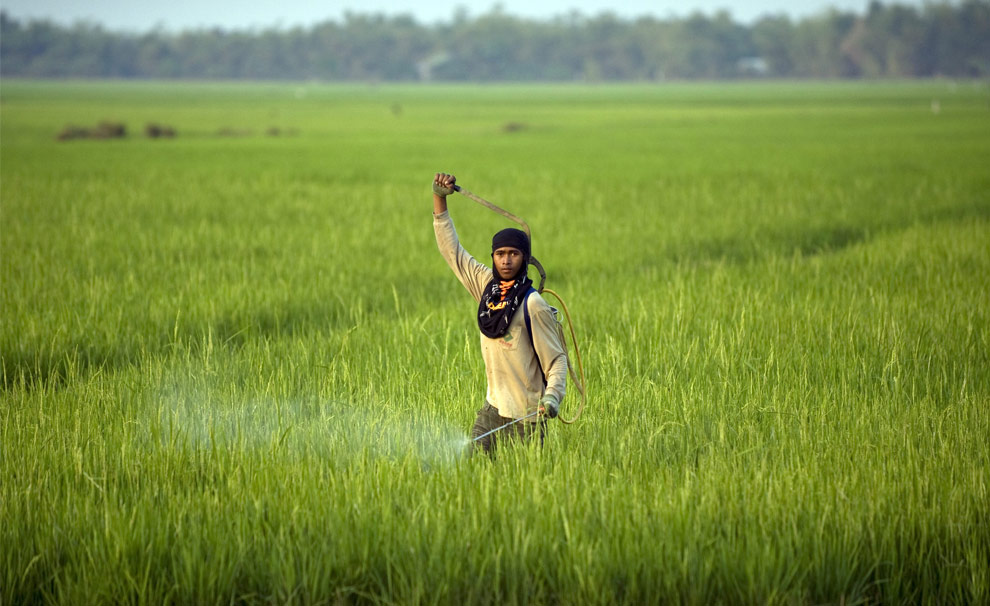
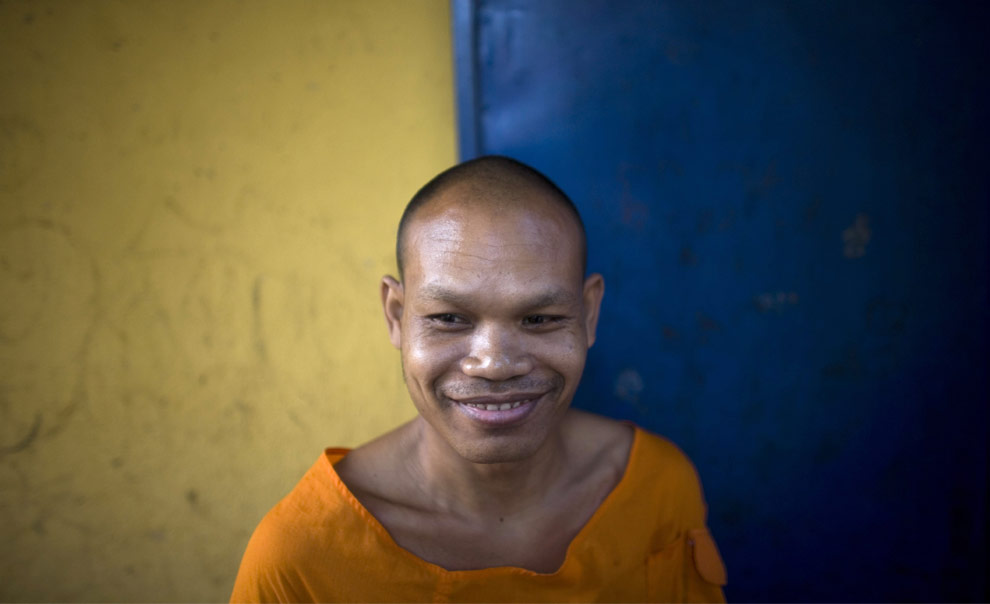

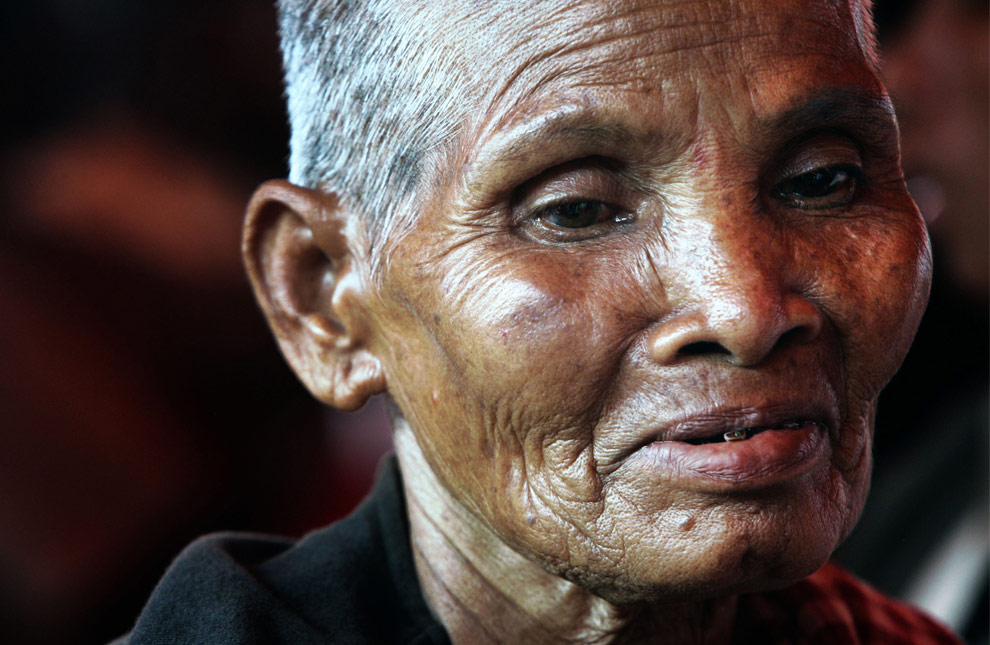
No comments:
Post a Comment